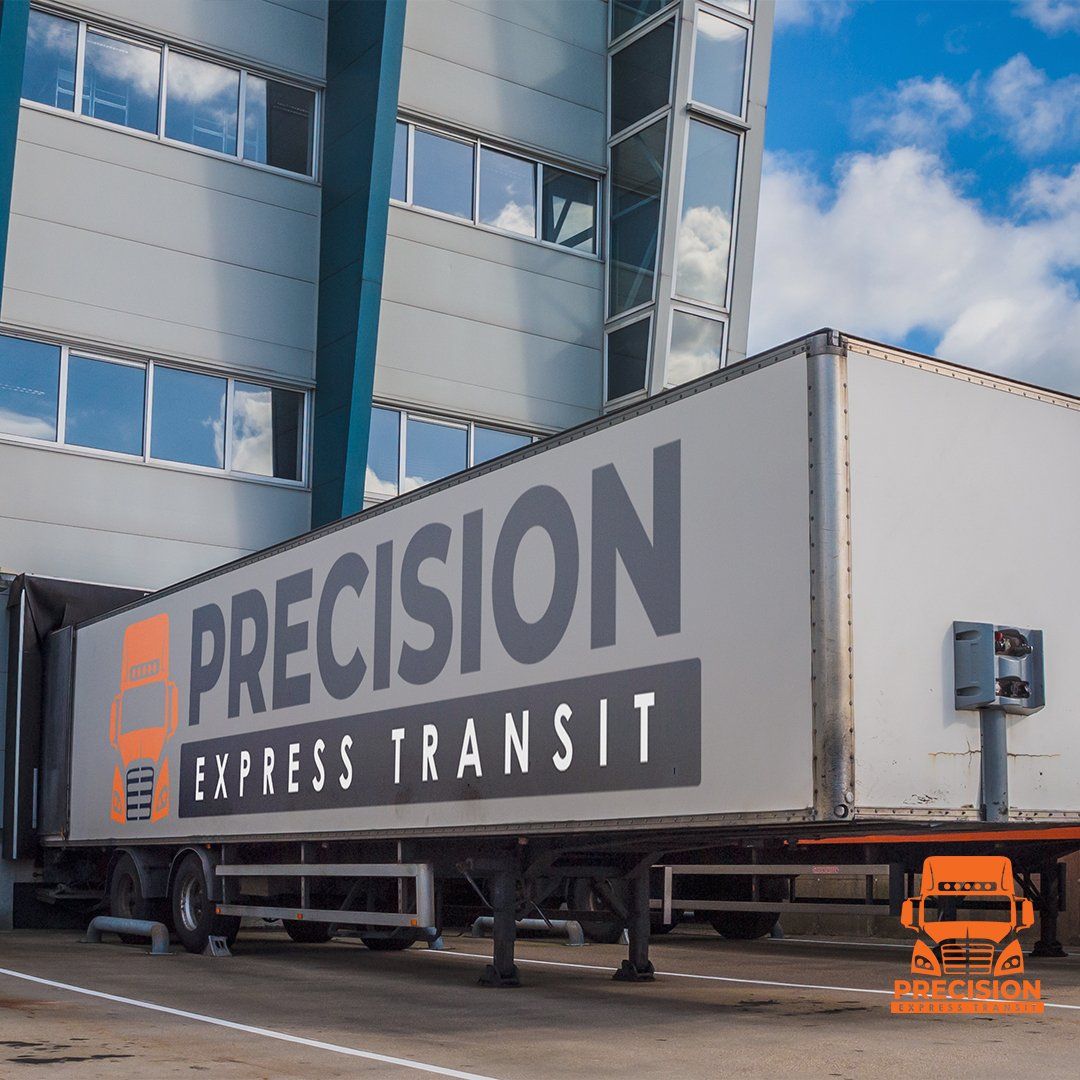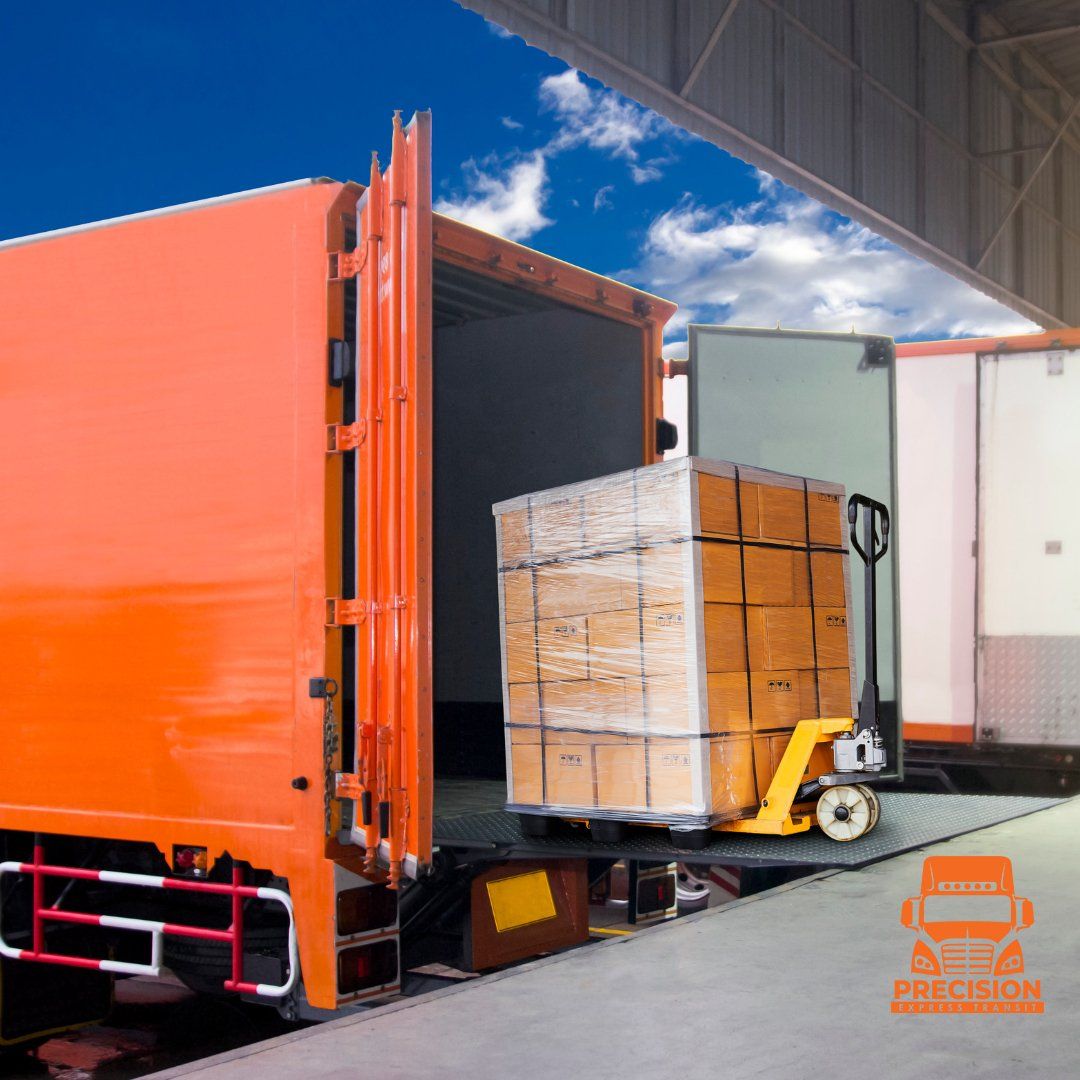The Five Most Important Shipping Documents Every Shipper Should Know

The world of shipping and freight transportation services can be a complicated one. There are a lot of different terms, acronyms, and documents that are involved in the process. This can be overwhelming for anyone who is new to the industry.
As a shipper, it is important to know which documents are required for your shipment and what each one is used for. This will help to ensure that your shipment is processed smoothly and without any delays. To help you out, we’ve compiled a list of the five most important shipping documents every shipper should know. These documents are: the commercial invoice, the packing list, the bill of lading, the Certificate of Origin, and the Shipper’s Letter of Instruction.
What are Bill of Lading (B/L) documents?
The Bill of Lading (B/L) document is the most important document when it comes to shipping goods. It is a contract between the shipper and the carrier that details the type of goods being shipped, the details of the shipper and receiver, and the rules of the shipment. The bill of lading serves as proof of delivery when goods are being shipped internationally. It is also used as a legal document in the event of a dispute. The bill of lading document typically includes information like the
- name of the shipper and receiver,
- a description of the goods being shipped,
- their weight and size, their destination, and
- any special instructions.
It also includes the name of the carrier, the date of shipment, and details of the shipment’s travel route. The bill of lading should also include terms and conditions such as the value of the goods being shipped, the risk of damage or loss of the goods, and any other special requirements for shipping.
What are Packing Lists?
A packing list is a document that details everything that is included in the shipment. It is used to ensure that the goods have been properly packed, and it also helps to track each item in the shipment. The packing list will typically include details about the types of goods, their size and weight, the quantity of each item, and the way in which they are packed. It also includes information about the shipper and receiver, and any special requirements for shipping. In some cases, the packing list may also include a description of the goods. Having a packing list helps to ensure that everything that has been shipped is accounted for when it arrives at its destination. This can be a valuable document in the event of any discrepancies or disputes regarding the shipment.
What is a Certificate of Origin?
The Certificate of Origin (CO) is a document that is used to prove that the goods being shipped originate from a particular country. It is a legal document that is required for all international shipments, as some countries have specific regulations about the origin of the goods. A Certificate of Origin provides information about the goods being shipped and the country of origin. It should include details about the goods, the shipper, the receiver, and the country of origin. In some cases, it may also include additional documents, such as a shipping invoice or a certificate of inspection. Having a valid Certificate of Origin is essential for a successful shipment.
Are there other types of shipping documents I should know about?
In addition to the five documents mentioned above, there are other types of shipping documents that shippers should be aware of. These include the
- Shipper’s Export Declaration: The Shipper’s Export Declaration is required by some countries, and it provides information about the shipper, the goods, the destination, and the value of the goods.
- the Dangerous Goods Declaration: The goods, the destination, and the value of the goods. The Dangerous Goods Declaration is necessary for shipments that contain hazardous materials, and it provides details about the risks of the shipment.
- and the Bill of Entry:The Bill of Entry is a document that is used to declare the goods for customs purposes.
Conclusion:
The five most important shipping documents every shipper should know are the commercial invoice, the packing list, the bill of lading, the Certificate of Origin, and the Shipper’s Letter of Instruction. These documents provide essential information about the goods being shipped, the shipper and receiver, and the terms of the shipment. They are also legal documents that can be used in the event of a dispute. In addition, there are other types of shipping documents that may be required, such as the Shipper’s Export Declaration, the Dangerous Goods Declaration, and the Bill of Entry. Knowing these documents and ensuring that they are completed correctly is essential for a successful shipment.









